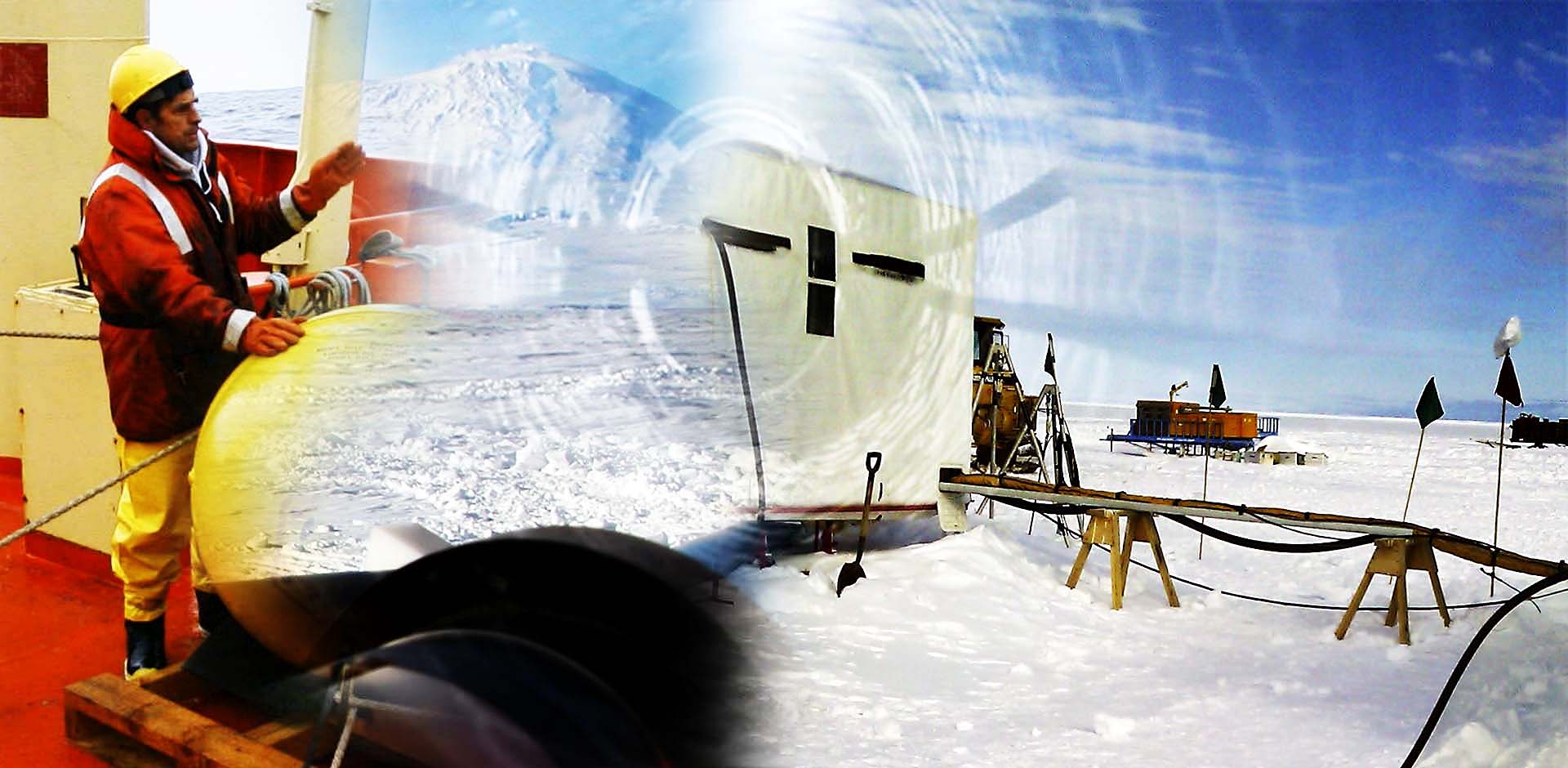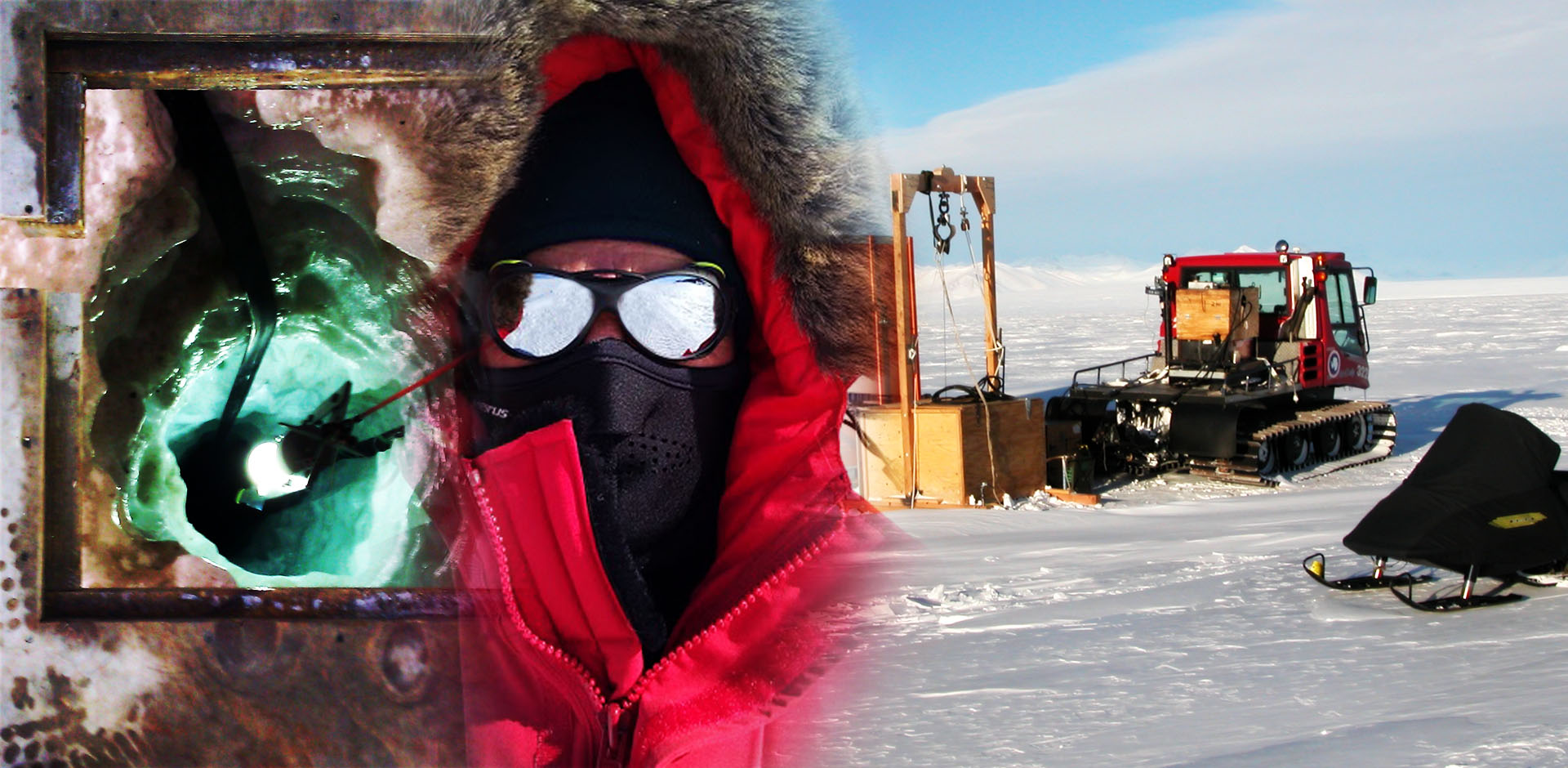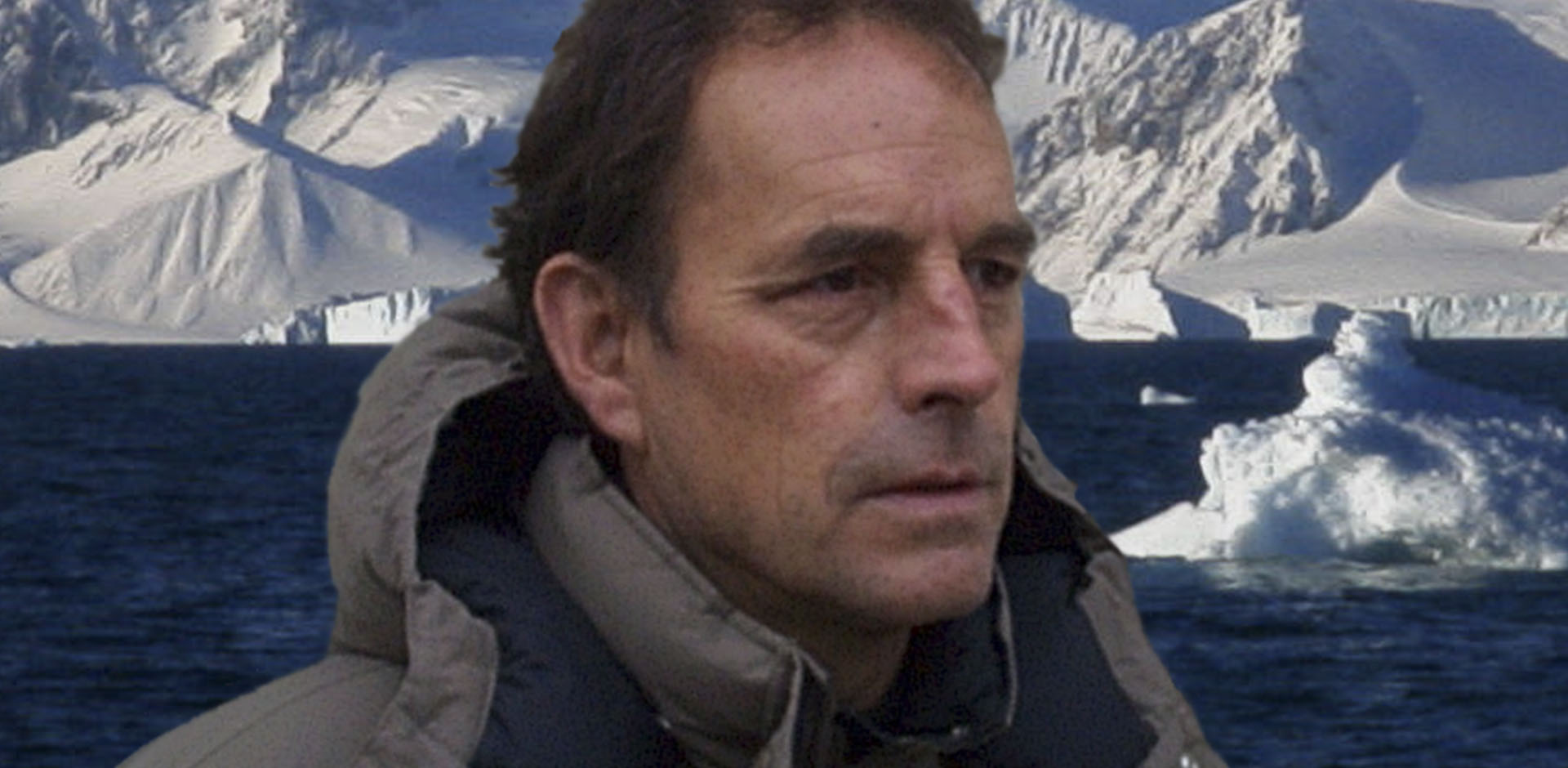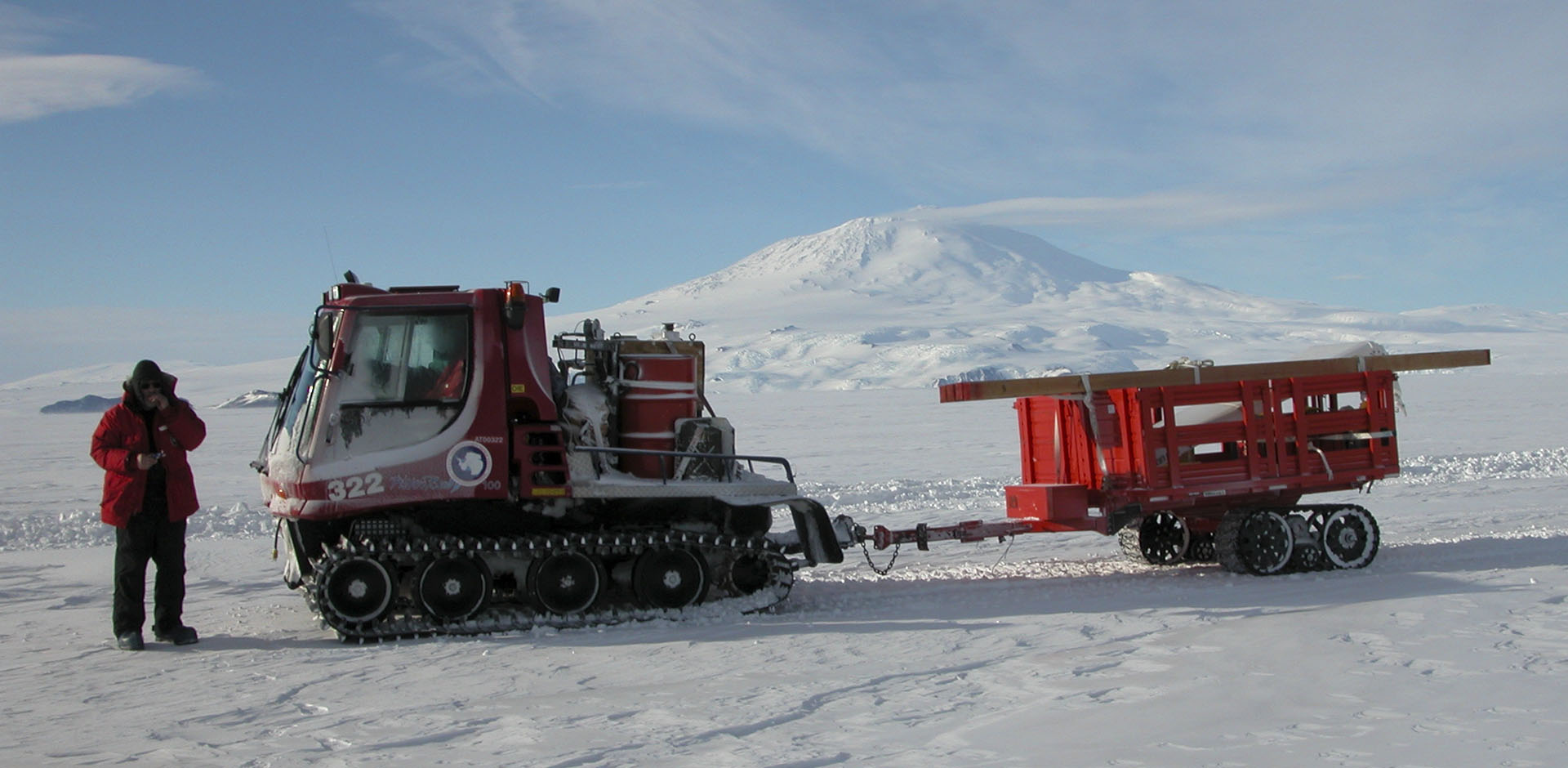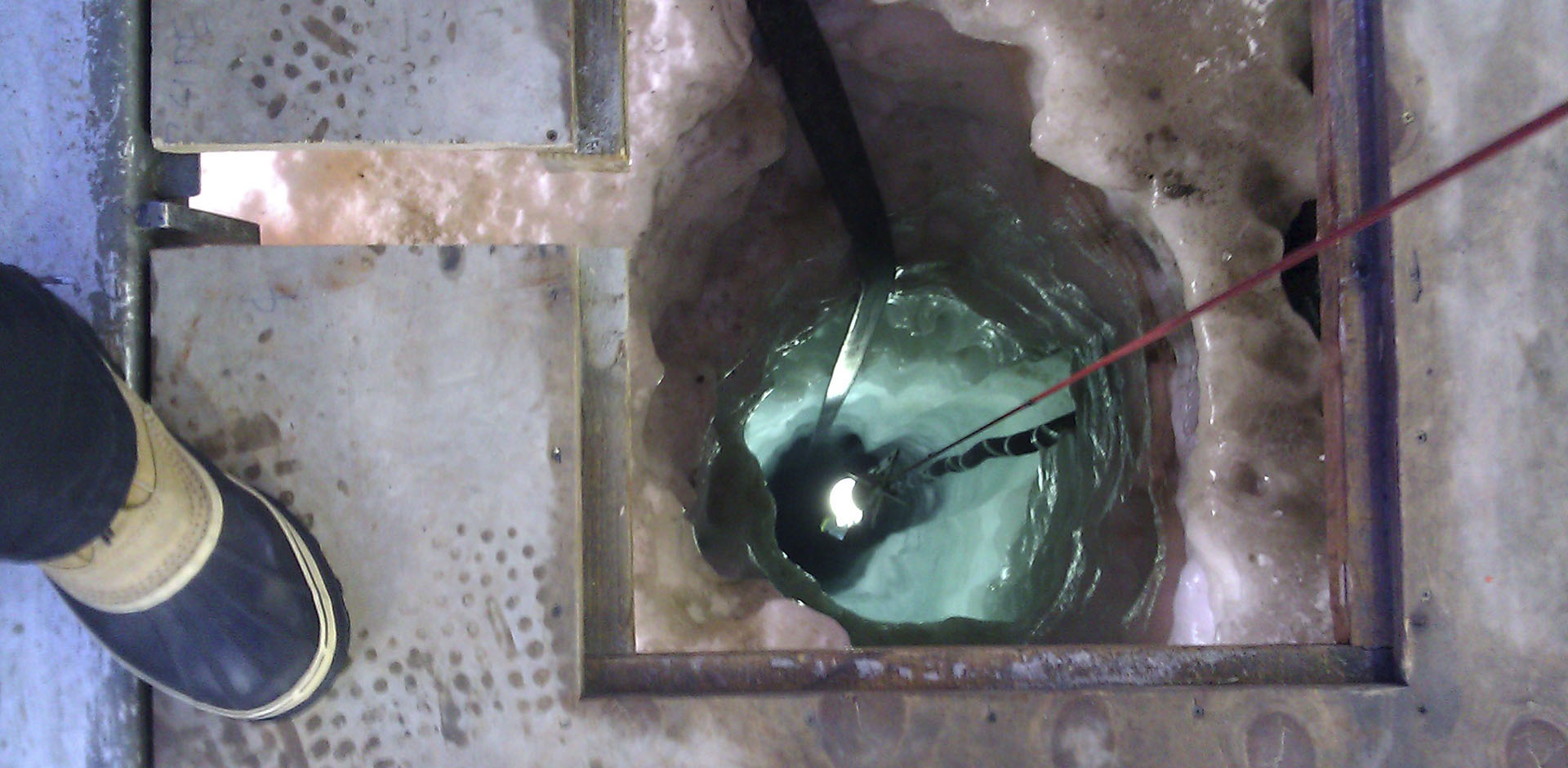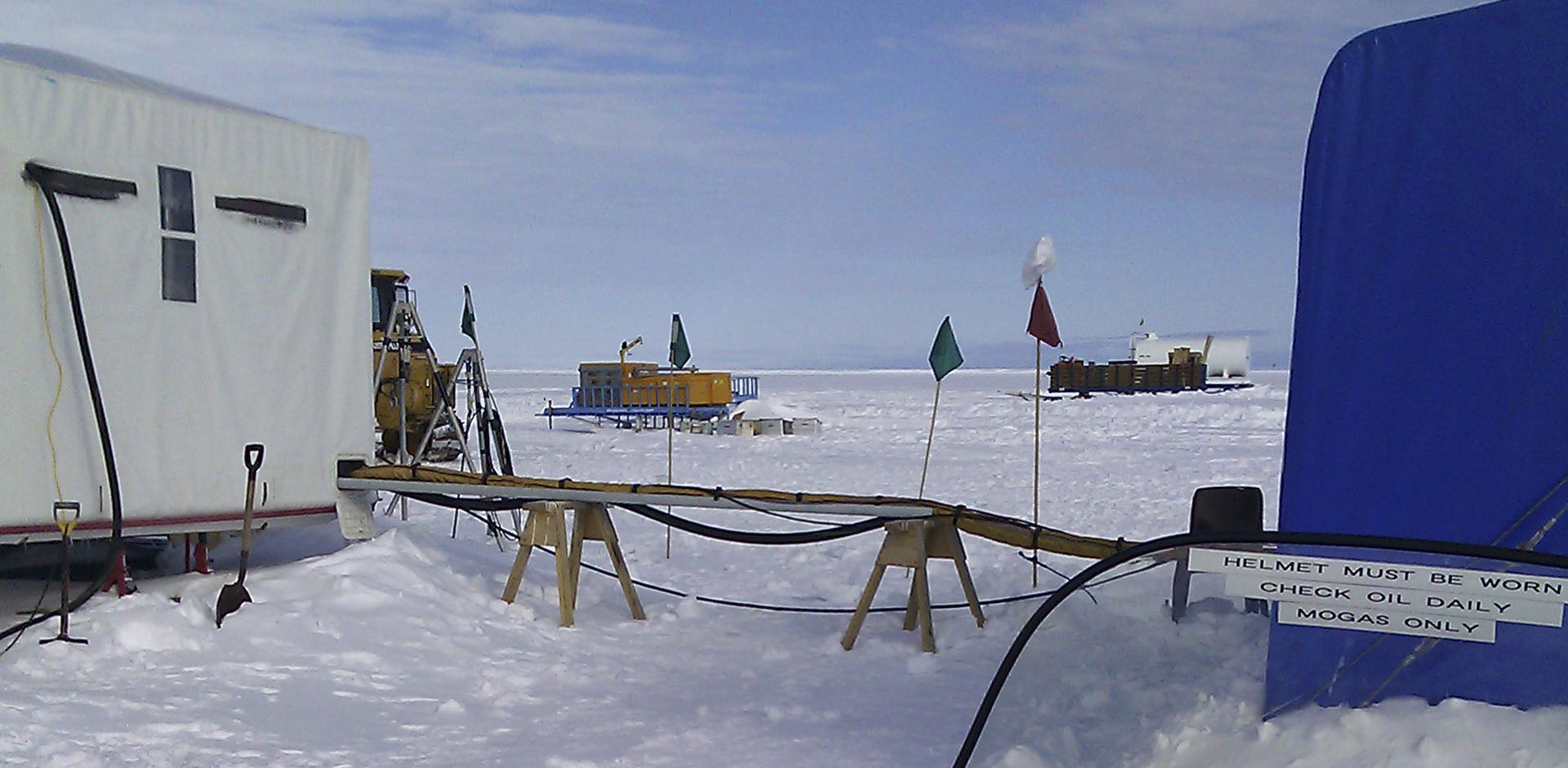
Home Country: U.S.A.
Richard Limeburner is currently working as a Senior Research Specialist in the Physical Oceanography Department at Woods Hole Oceanographic Institution with a wide range of research projects. His primary interests include the dynamics of the coastal ocean such as the general circulation, buoyancy and wind forcing, tidal rectification, sea ice annual cycles, mixing, LaGrangian (drifter) trajectories, circulation under Antarctic ice shelves, and climate change.
“Accuracy is everything when you are measuring currents in Antarctica. Deploying oceanographic instruments in frigid polar water must be done with exact timing. If not, you have wasted a long trip.”
Career Highlights:
* Bachelor of Arts, Colgate University (Economics)
* Master of Science, University of Massachusetts (Marine Science)
* Master of Science, Massachusetts Institute of Technology (Physical Oceanography)
* Author / co-author of 64 referred scientific publications and technical reports
* Participated in 78 scientific cruises – 22 as Chief Scientist
Project Highlights:
* Palmer LTER Lagrangian Current Measurements
Satellite-tracked near surface drifters were deployed during 2005-2007 in order to investigate the near-surface Lagrangian currents over the Western Antarctic Peninsula (WAP) shelf.
* ANDRILL Coulman High Mooring 2010
A mooring was deployed in November 2010 for 14 months on the Ross Ice Shelf in Antarctica, to be located at the Coulman High site 110 miles away from McMurdo Station. The purpose of the mooring was to characterize the currents so the ANtarctic geologic DRILLing (ANDRILL) program could design and deploy a bottom coring drill rig in 2012.
* Modeling the Liquid Jungle: Biological-Physical Interactions in Isla Canales de Tierra and nearby Bahia Honda Bay, Panama
A state-of-the-art hydrodynamic model, the Finite-Volume Coastal Ocean Model (FVCOM), will be used to gain a better understanding of the hydrodynamic processes and their potential impact on ecosystem dynamics in this Panama region.
* KAUST Red Sea Drifters
Satellite-tracked surface drifters were deployed in the Red Sea during the KAUST hydrographic cruises for three years 2008-2010 in order to investigate the near-surface Lagrangian currents in the Red Sea. The research cruises will collect important hydrographic and biologic data on the Red Sea ecosystem.
* Patagonia Montt Glacier Mooring
The Patagonian Ice fields, located in southern Chile and Argentina, are the largest temperate ice bodies in the Southern Hemisphere, and are thought to contribute significantly to sea level rise (SLR). However, little is known of the rate at which these glaciers are discharging freshwater to the ocean. The Jorge Montt glacier, located in the Southern Patagonian Ice field, is an excellent case study of a tidewater glacier undergoing rapid retreat.

